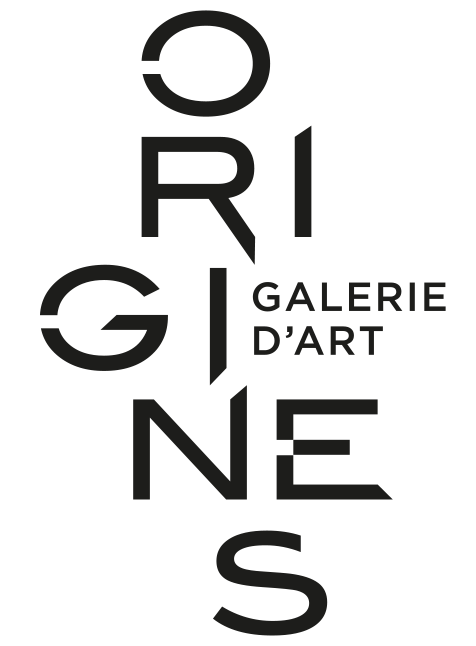DECKERS Émile
DECKERS Émile
Emile Deckers was trained at the Academy of Fine Arts in Liege, then in Paris as a student of Carolus Duran and Évariste Carpentier. He obtained the first prize in anatomy and the first prize in painting in 1904, a medal from the Belgian government in 1904 (Superior competition of painting from live models in 1906) as well as the Donnay prize (travel grant). He is at twenty-one years first prize of historical composition and in 1911, appointed member of the jury of the Royal Academy of Fine Arts. He is at the front during all the First World War and made Knight of the Order of the Crown, holder of the Belgian medal of the Victory and the commemoration of the defense of Liege.
He moved to Algiers in 1921 and became known as an "orientalist" painter, a justified reputation which brought him notoriety. He painted local genre scenes and portraits of young Kabyle, Tuareg or members of tribes from the south and the Atlas. His style is similar to that of his predecessor, Edouard Herzig, but in oil on canvas and not in gouache on paper. He produced large format portraits, often in three or more views (his "trademark"), which are still in great demand today by collectors.
From 1930 he divided his time between Algiers and Belgium. In 1940, he moved to the Belgian Congo which he did not leave until 1950. Of Belgian nationality, he remains in Algiers after June 1962 and will leave the city only in 1966, when he will return in Belgium in Verviers where he dies on February 6, 1968.


